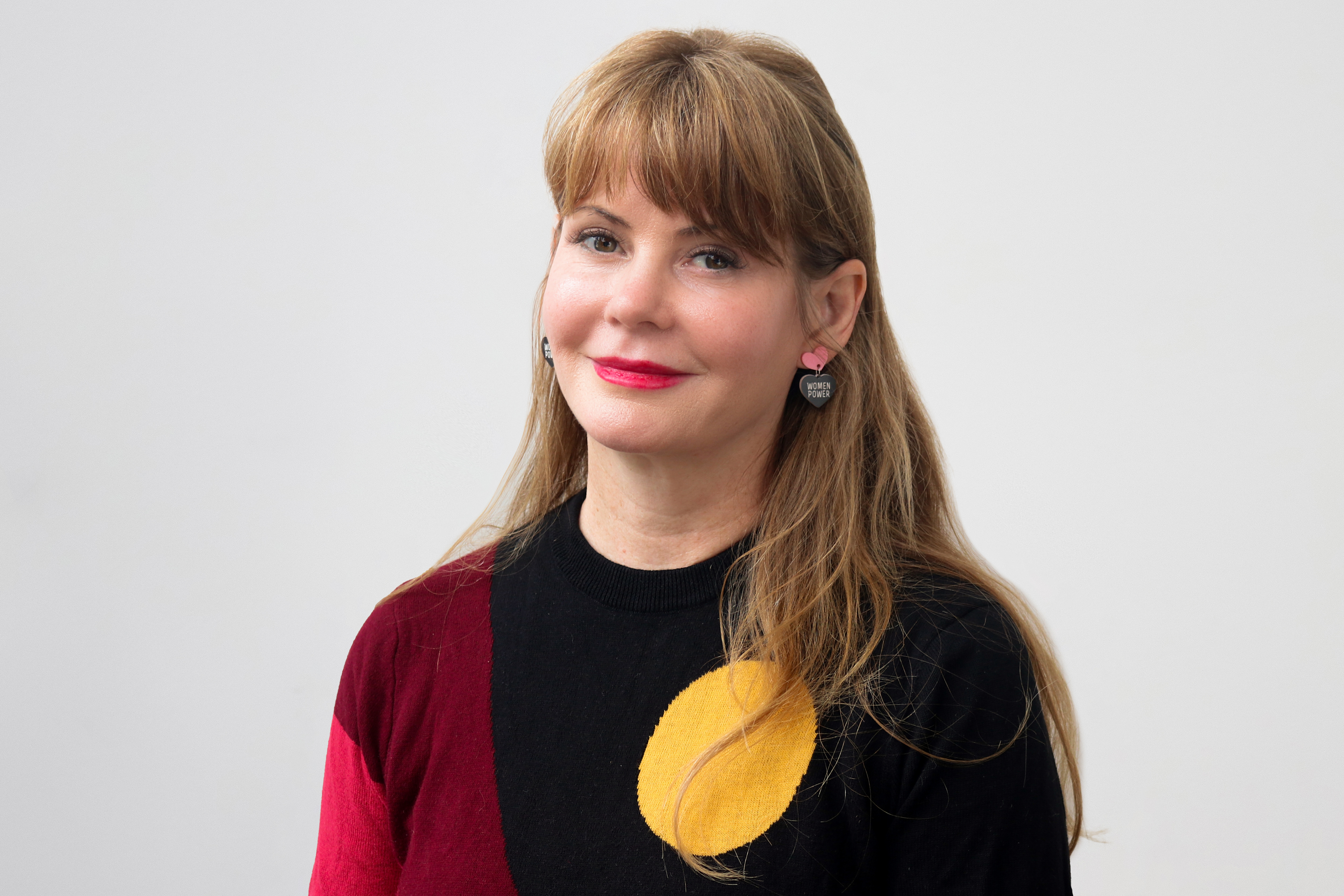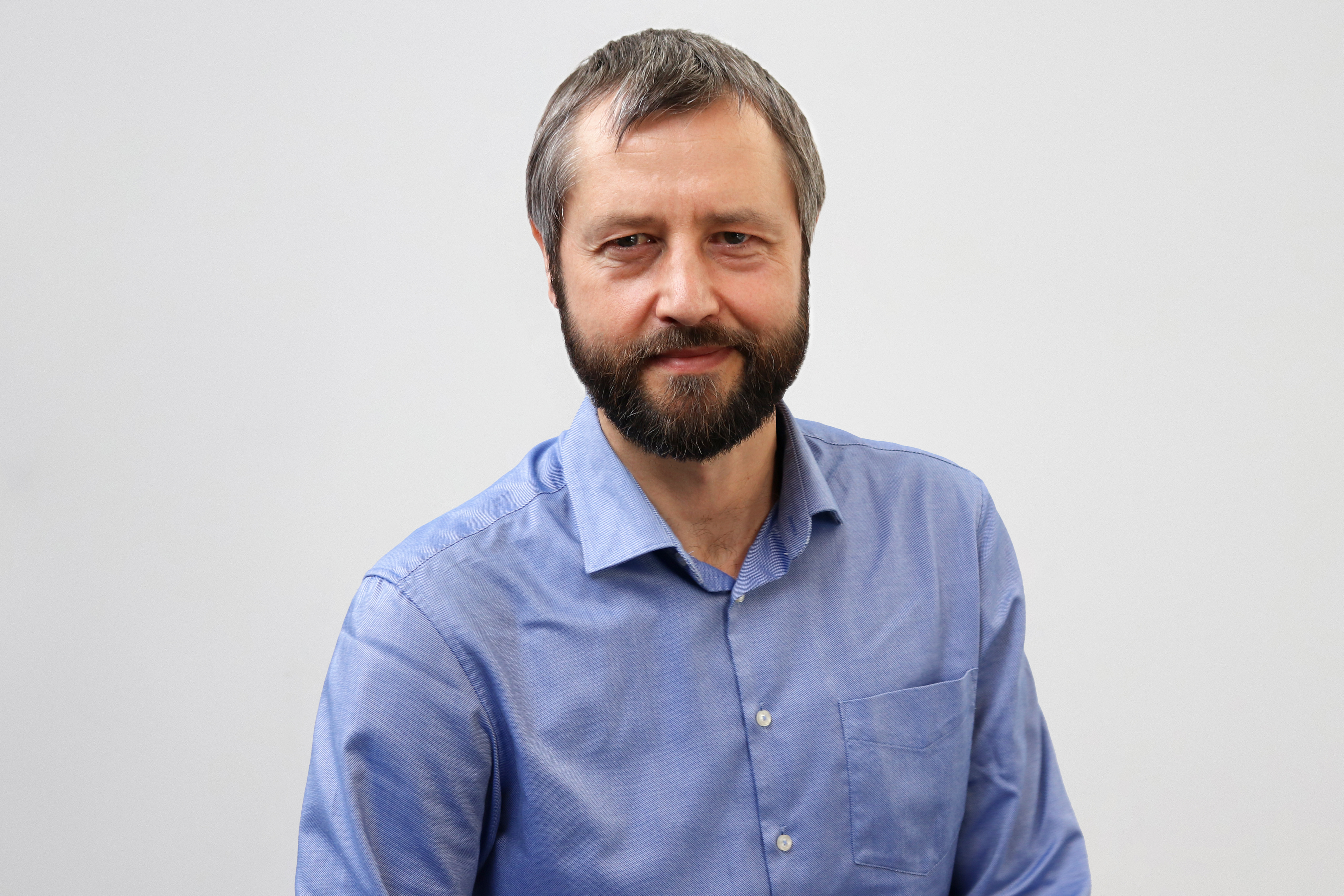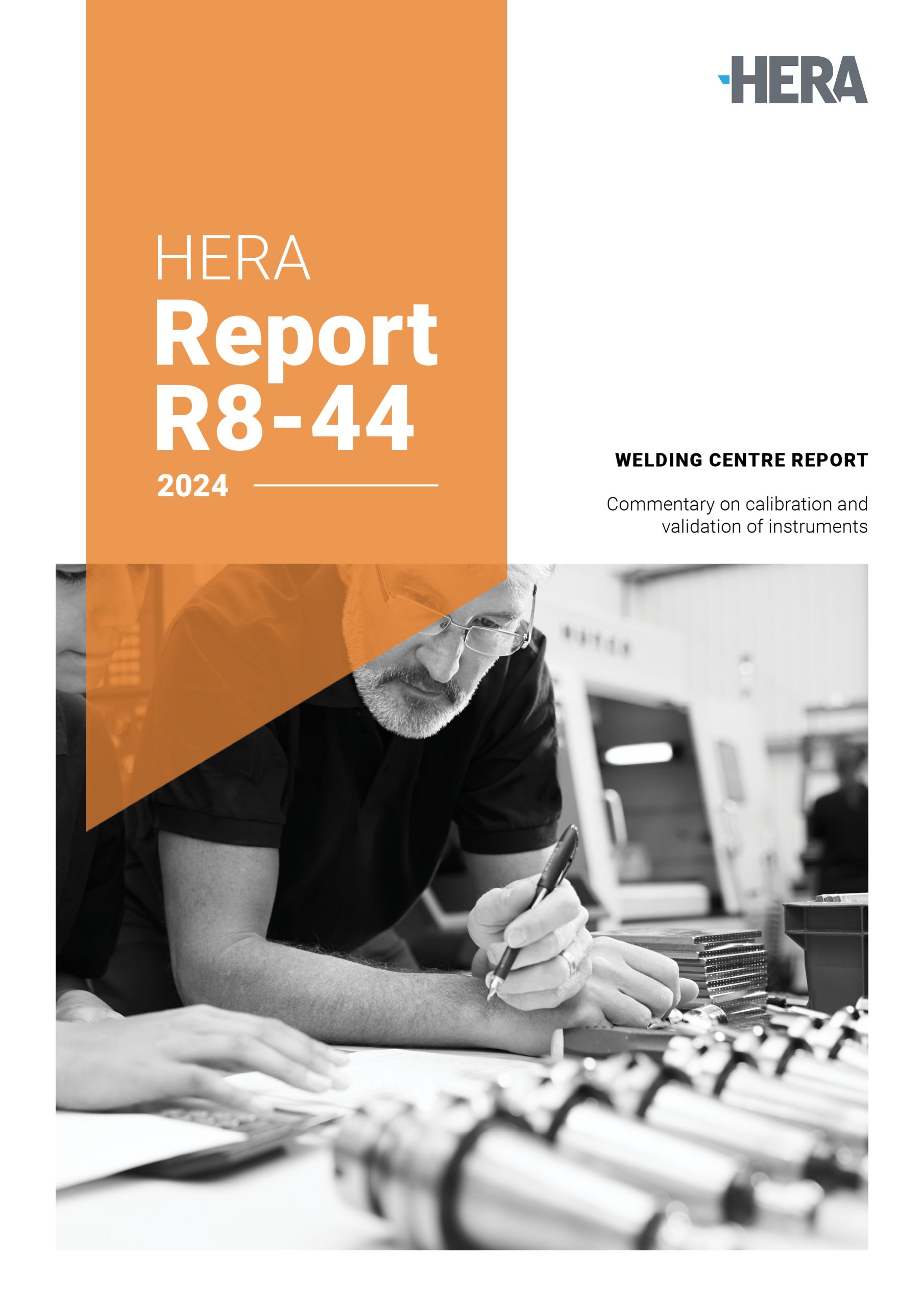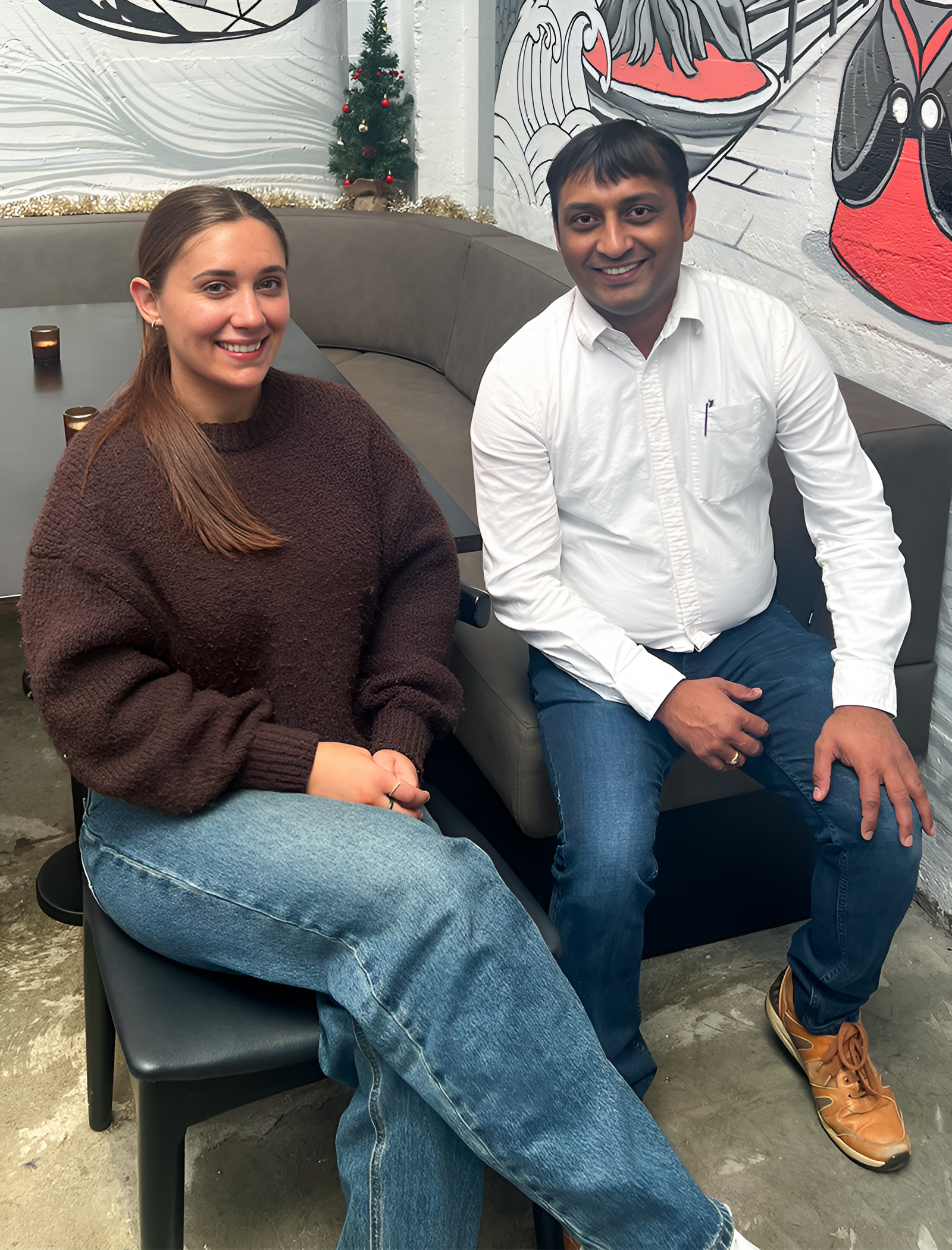Your cart is currently empty!
Zero carbon steel program
This program uses a three step process of carbon calculation, offsetting (externally) and certification of the offsets.
Through this streamlined approach, you can calculate emissions for your steel products, offset them via a provider of your choice, and achieve certification to showcase your sustainability commitment.
About this program
How it works
Step 1 – carbon emission calculation
Emissions for most steel products used in Aotearoa New Zealand can be calculated using our online calculator for your project. Alternatively, calculations can be performed manually using the guidance found in the programme rules
On using the tool, you’ll receive a summary sheet with the total emissions requiring offsetting for the products inputed.
Step 2 – purchase carbon credits to offset
Using your summary sheet with the total emissions requiring offsetting, you can approach your preferred offsetting service provider to purchase carbon credits to offset.
Offsets focused on the planting and protection of native forests are preferred, as it provides additional biodiversity and human capital benefits.
Step 3 – certify your carbon offsets
Once you have successfully purchased carbon credits from a credible service provider to offset your project, use the program portal to begin the certification process.
You can either seek to offset emissions for the whole project for ‘Net zero carbon’ certification, or offset 30% or more to gain ‘Carbon conscious’ certification
Trusted and credible

Based on science: the core offsetting calculations in this program are based on life cycle assessment (LCA) and environmental product declarations (EPDs). This means the data is publicly available and peer-reviewed, and calculated in a consistent and comparable way across products.

Independent: in consultation with us, the program rules were developed by independent sustainability advisors at thinkstep-anz. HERA, as an independent research association, has no vested interest in supporting one steel product, supplier or manufacturer above another..
Choosing your offsetting service provider
You are able to choose the offsetting service provider of your choice. In making that decision an aspect to consider is to choose one that supports indigenous forest restoration and regeneration.
In Aotearoa, regenerating and restoring native ngahere (forests) represents a huge opportunity for sequestering carbon, while creating jobs, restoring biodiversity, and protecting soils and waterways at home.
In New Zealand, 85% of the land was once covered in indigenous forests, and home to a host of unique species of plants, birds, insects and reptiles. Today, only 24% of this kind of land cover remains. Taking steps to right this is important, particularly given we are experiencing a biodiversity crisis with 4000 indigenous species at risk of extinction.
Natural forests assist this, as they are among the most biodiverse places on the planet and form an enormous carbon store, regulating the world’s weather and climate. More carbon is stored in soil (44%) than living biomass (42%), with the rest found in dead wood (8%) and forest litter (5%). The alternative of agricultural tree plantations with very few species are much less carbon dense and support much less life.
Supporting indigenous forests is a win-win approach that tackles the complex links between climate, forests, waterways and other ecosystems, whilst weighing the impacts on local communities and economies.
Gain access today!
Start using our zero carbon steel program tool now and take the first step towards sustainable steel!
Our experts
For calculator support:
Aayush Bhalla
For certification support:
Michail Karpenko
For program enquiries:
Troy Coyle






